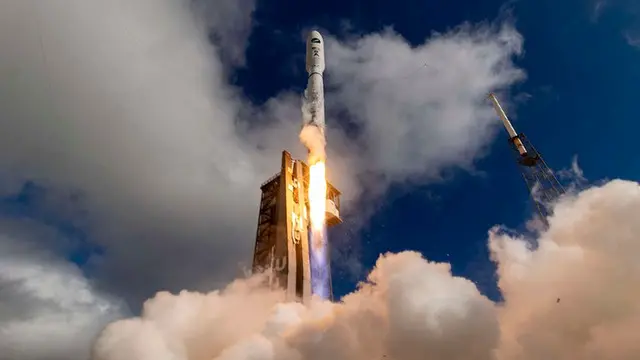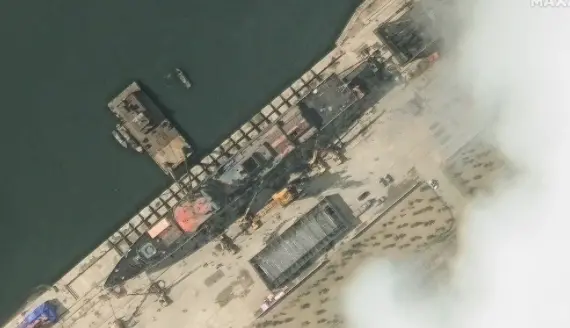A US Space Force plane has successfully launched into orbit on a secret mission with a compartment full of science experiments.
The X-37B - the military's space plane - was launched on board a United Launch Alliance (ULA) Atlas 5 rocket on Sunday from Cape Canaveral in
Florida
.
It will be the sixth flight of the X-37B, a solar-powered plane that is flown by remote control without a crew and looks like a mini space shuttle.
The purpose of the mission or the length of time the spacecraft will remain in orbit has not been revealed.
The previous mission lasted a record of two years before it landed at
NASA
's Kennedy Space Center last year.
The space plane is carrying a satellite built by air force cadets and features an extra compartment for experiments, including several for
NASA
.
The launch was originally planned for Saturday morning but was postponed due to poor weather conditions.
The US Space Force will conduct the secret mission, however the vehicle will remain an asset of the US Air Force.
ULA said the launch was dedicated to those responding to the coronavirus pandemic.
"We were honoured to partner with the US Space Force to dedicate this mission to first responders, frontline workers, and those affected by
COVID-19
. It is truly a unique time in our history and I want to thank the entire team for their continued dedication and focus on mission success," said ULA's Gary Wentz.
**:: Listen to the Daily podcast on **
Apple Podcasts
**, Google Podcasts
, Spotify
, Spreaker
**
The Space Force is the sixth and youngest branch of the US Armed Forces and the first branch of the military established since the formation of the independent US Air Force in 1947.
President Donald Trump has made it clear he thinks the newest service is critical to the future of American defence.
After being presented the Space Force flag during a short Oval office event on Friday, he said the US is building a "super-duper missile" that can travel "17 times faster than what we have right now".
 简体中文
简体中文










